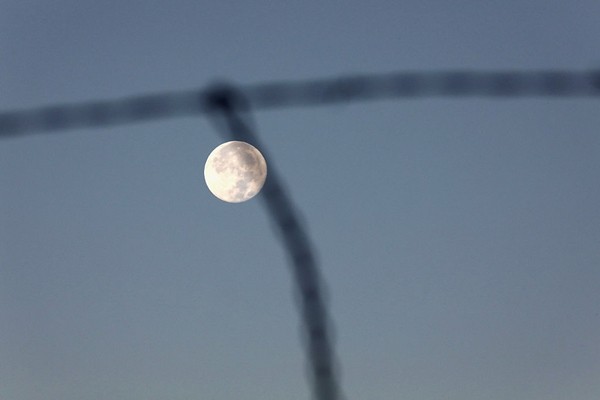On Nov. 14, Monday, the earth will witness the largest and brightest supermoon in since 1948. What is more significant is that people will not see a natural phenomenon of this enormity until 2034.
Sometimes the moon comes closer to the earth, while on other occasions it moves further away because the orbit of the moon around the Earth is somewhat elliptical. When the moon is full and comes closer to Earth, the phenomenon is called a supermoon. In fact, a "super perigee full moon", is not particularly uncommon, wrote Dr. Chris North, a science lecturer at Cardiff University, in an article published in the Conversation.
The point at which the moon comes closest to the earth is called perigree, while it moves farthest from the planet at apogee. At perigree, the moon may be 14 percent closer to our planet compared to its distance at apogee.
Moreover, the moon is about 33% brighter at perigree compared to the smallest full moon and its distance from the earth will be just 225,623 miles away. On the other hand, it is 252,088 miles away from the earth at its furthest point. The moon's average distance from the earth is 238,855 miles and it takes a little more than 27 days to complete it oval orbit, the lecturer wrote.
There will be a subtle different in the distance of the moon from Earth on Monday night to Tuesday night, IANS quoted NASA's Lunar Reconnaissance Orbiter (LRO) mission deputy director Noah Petro as saying. The full moon on Monday is being called 'super' because perigee and full moons will happen at roughly the same time. As a result, the moon will be as closest possible to Earth when it will also be its fullest.
Provided clouds do not interfere, the supermoon can be seen soon after sunset on Monday; so one need not keep awake till late into the night to watch the phenomenon. In fact, this supermoon is the second to happen this year. In case one misses the opportunity to witness the natural phenomenon due to cloud interference, he will get another opportunity to see a supermoon on Dec. 14, 2016.
Watch an update on the century's largest supermoon on Nov. 14, Monday:



























